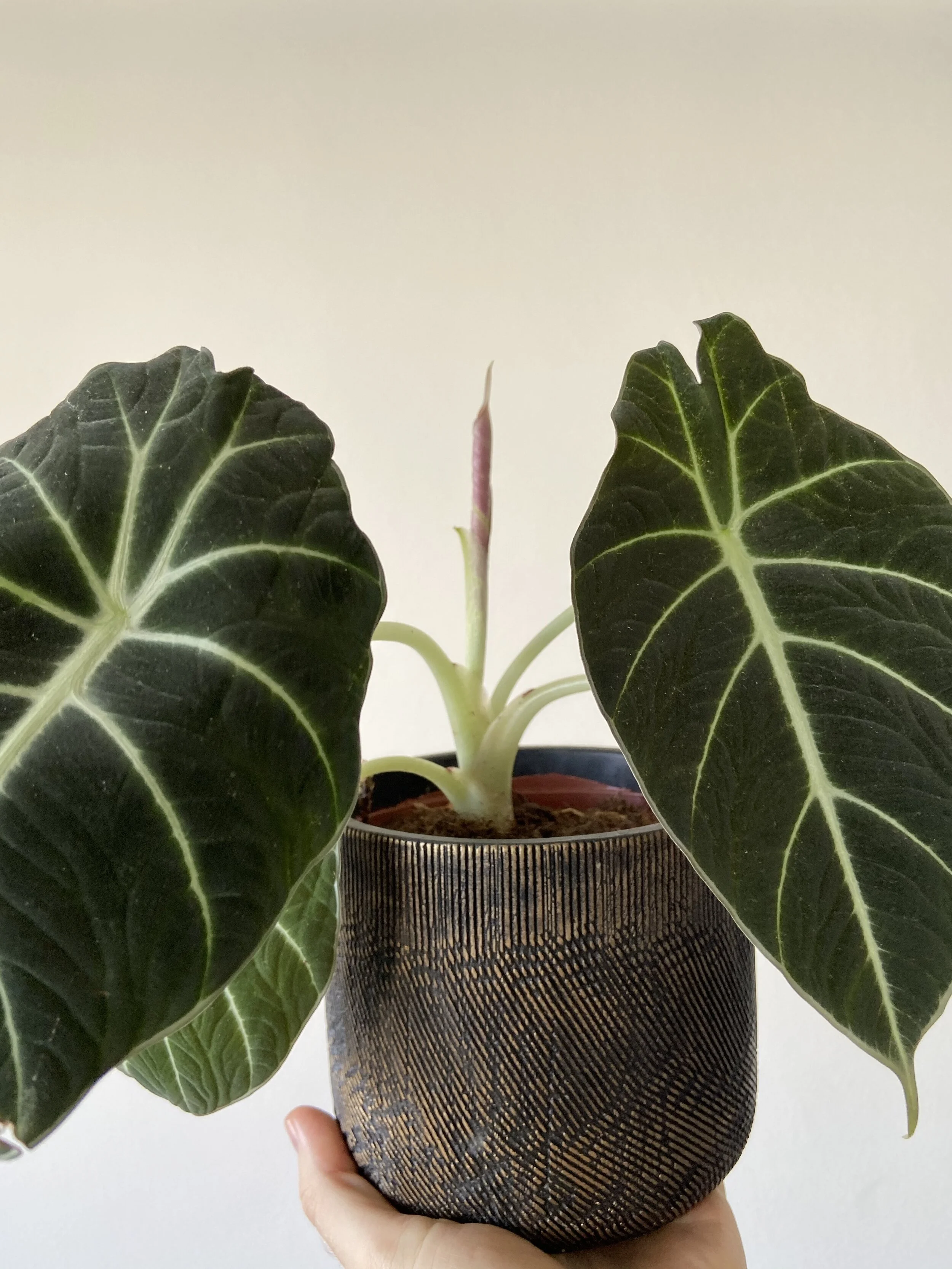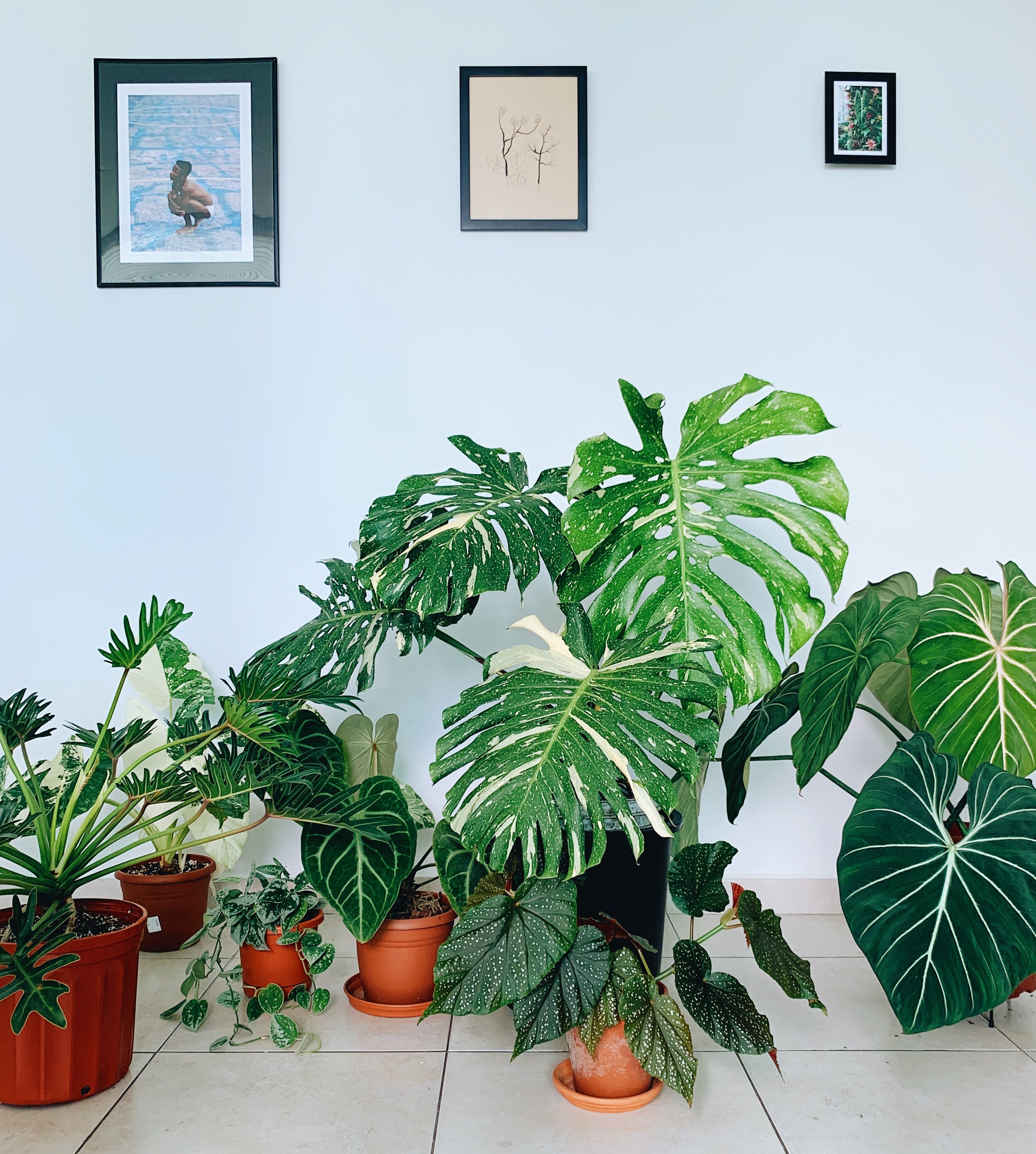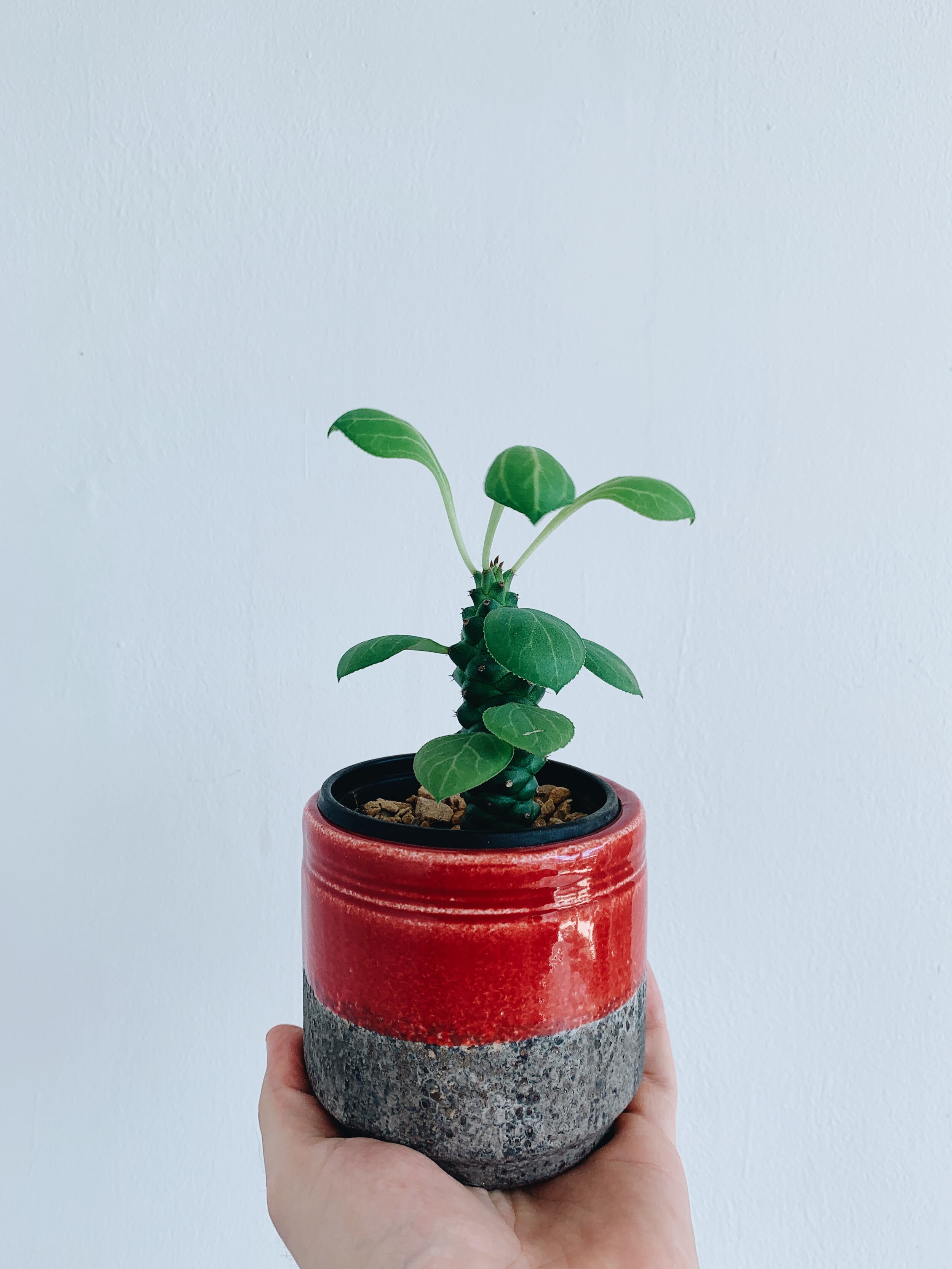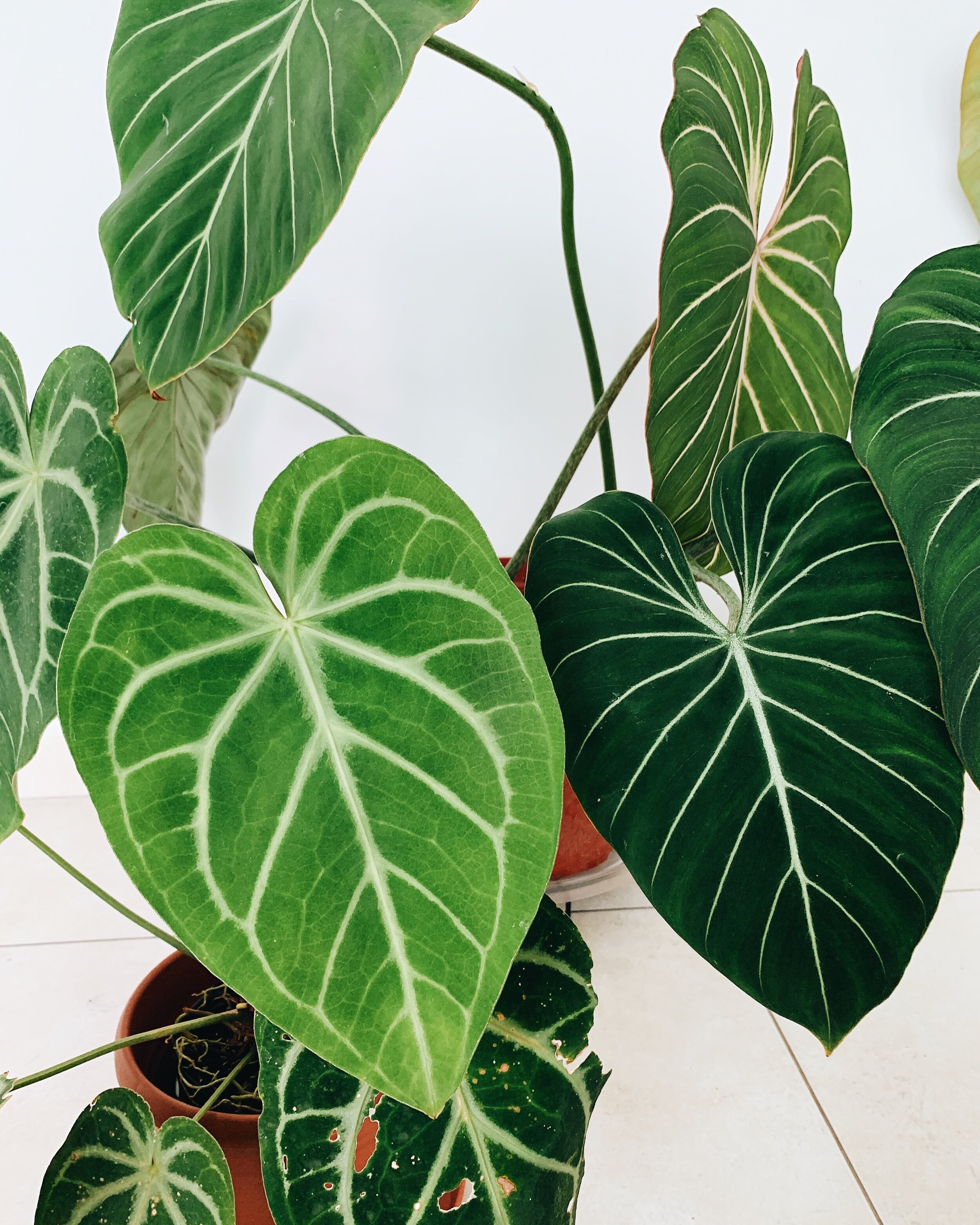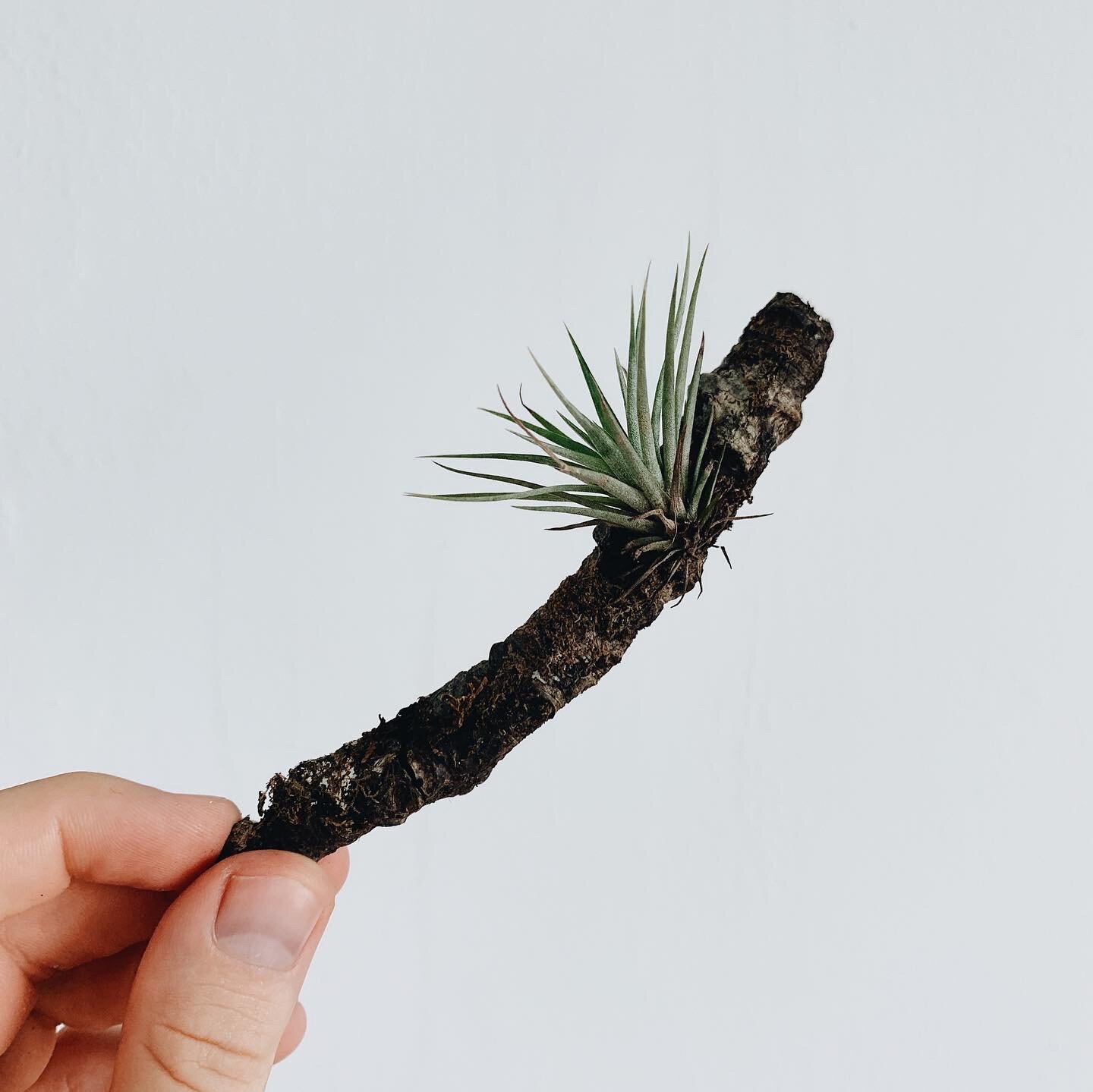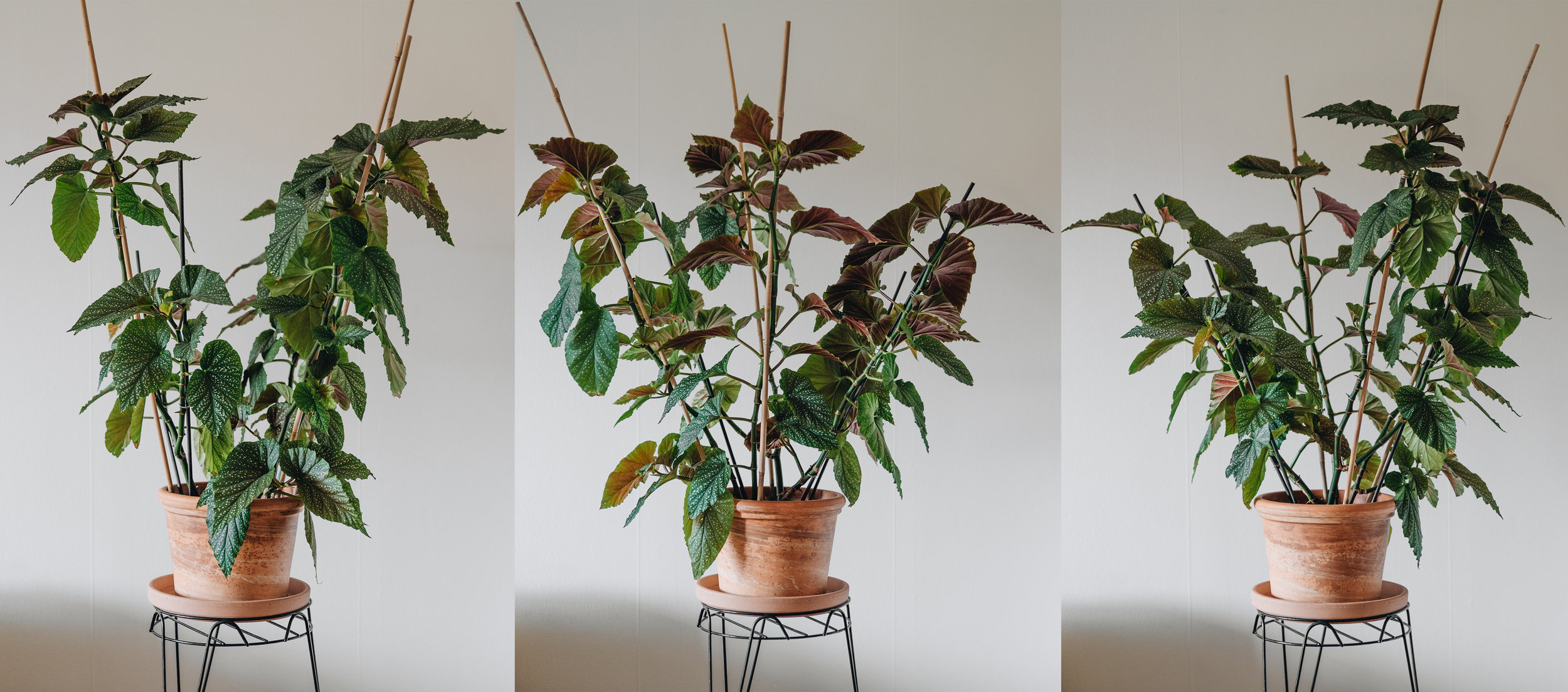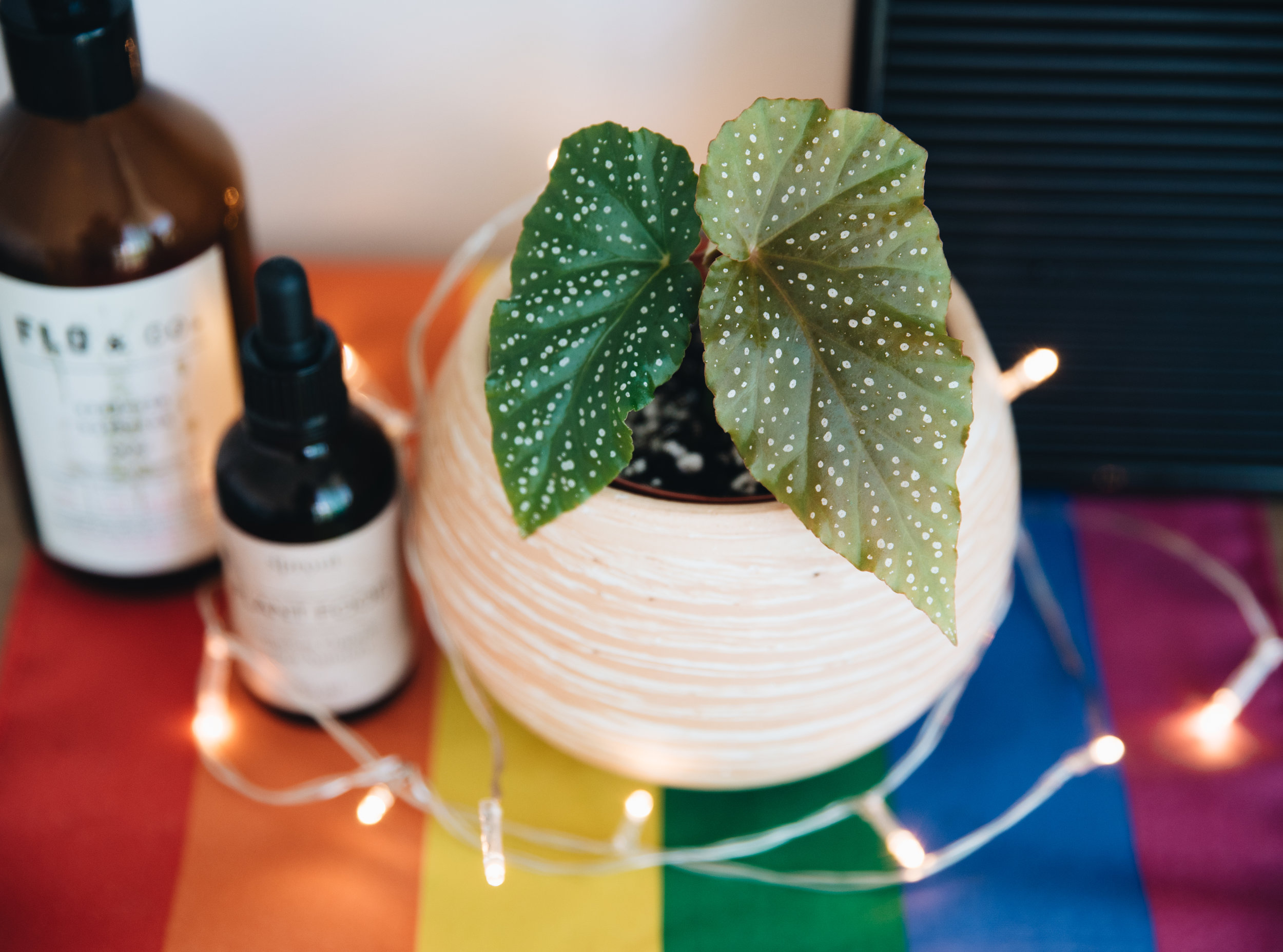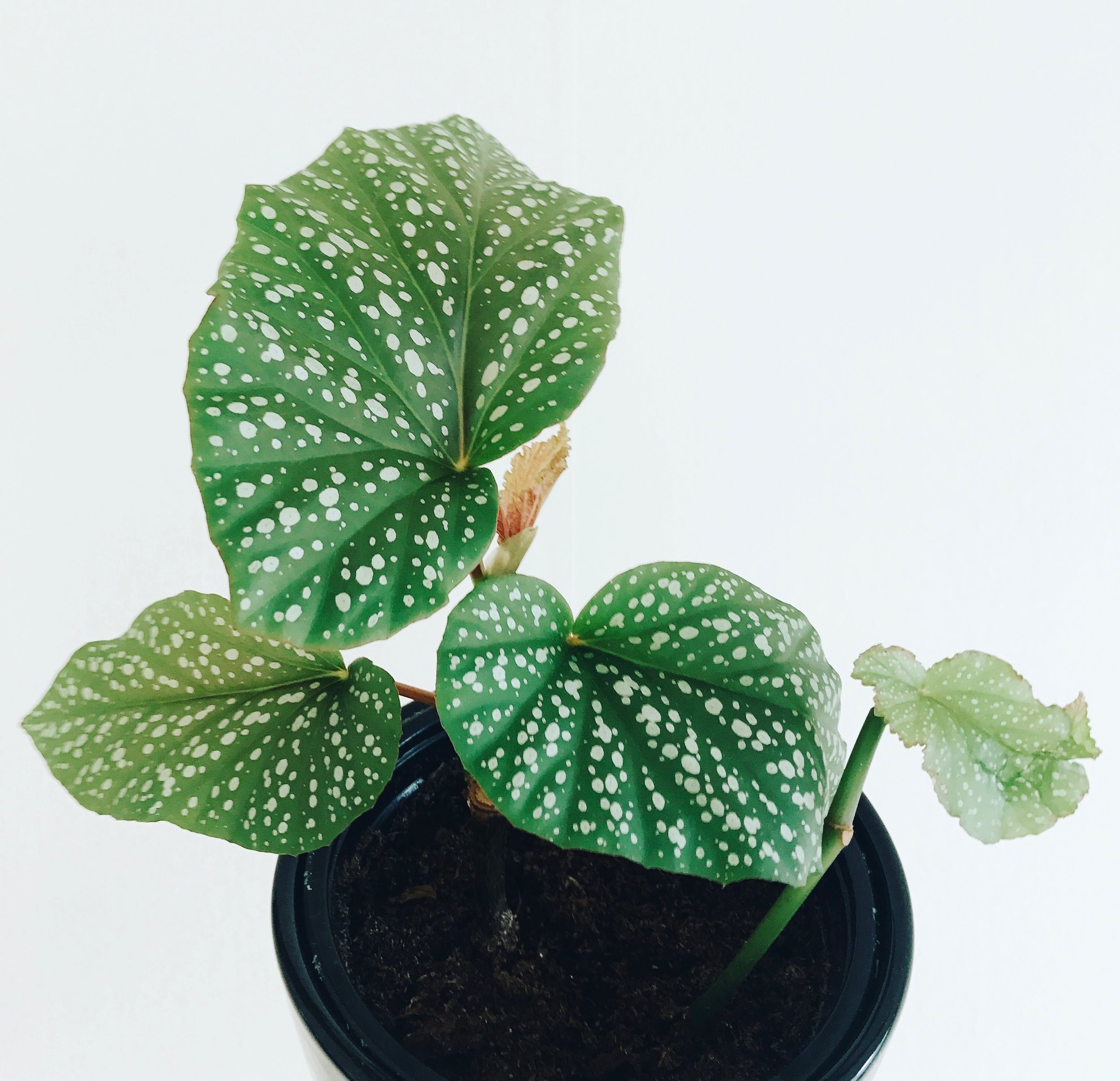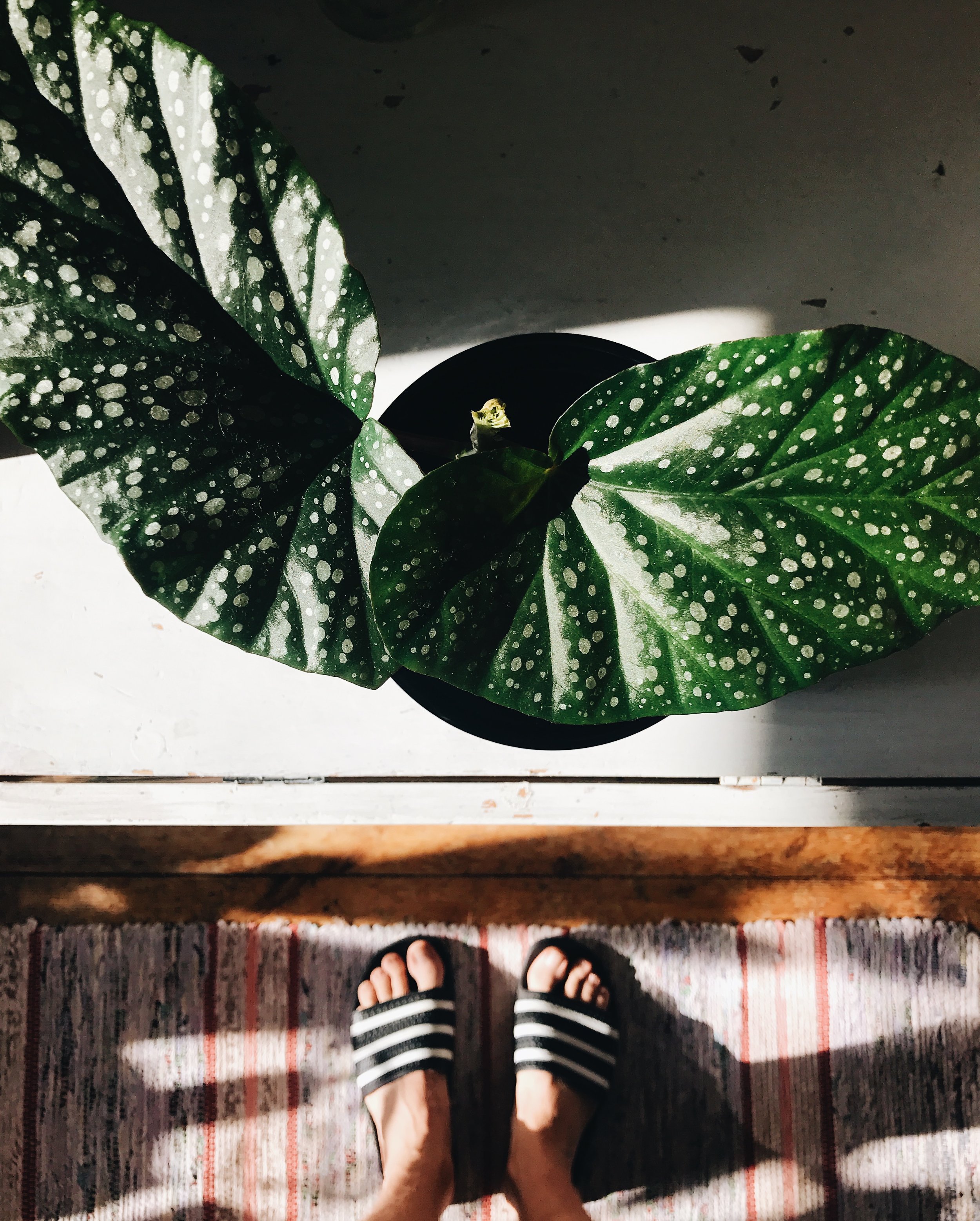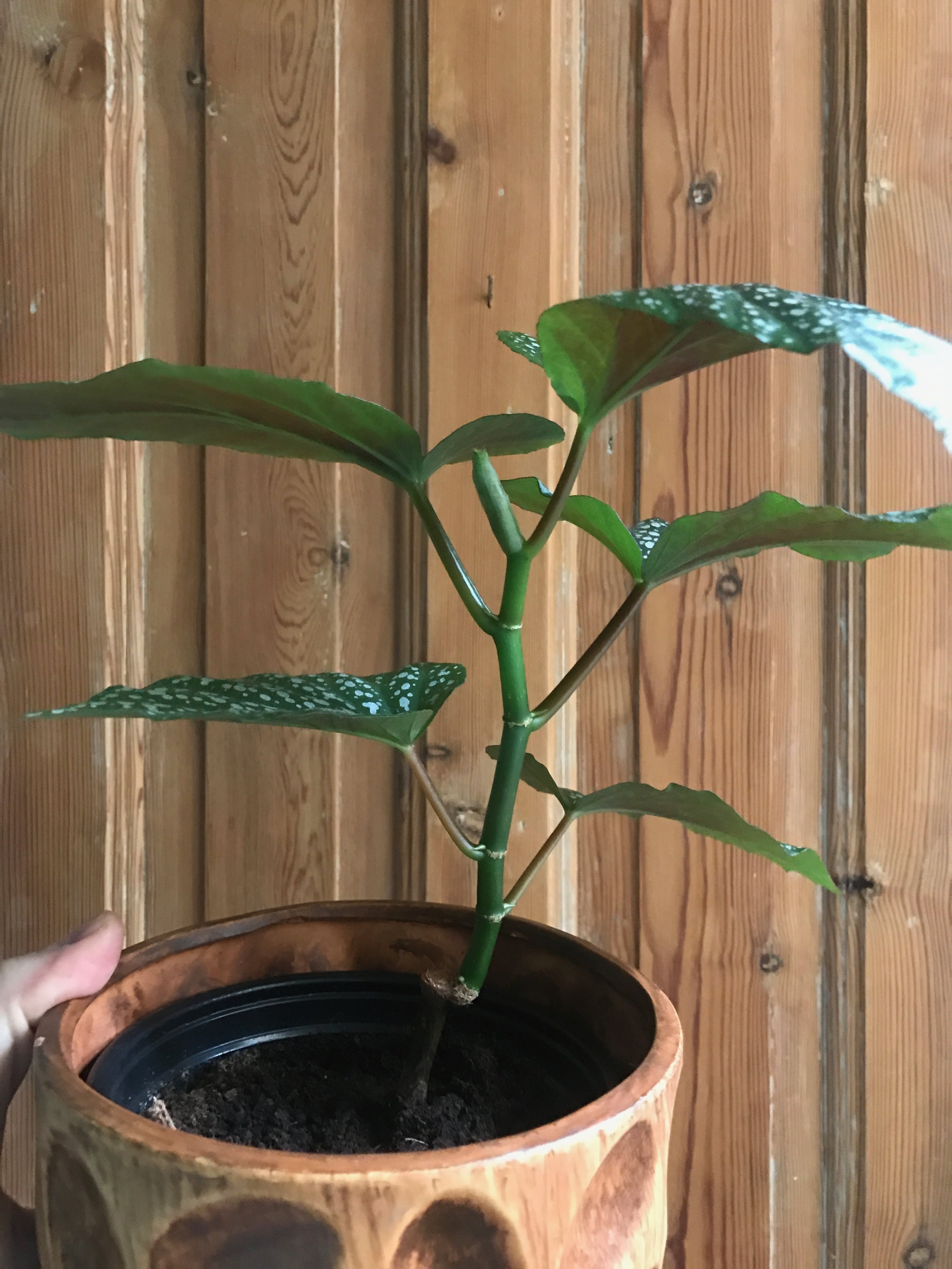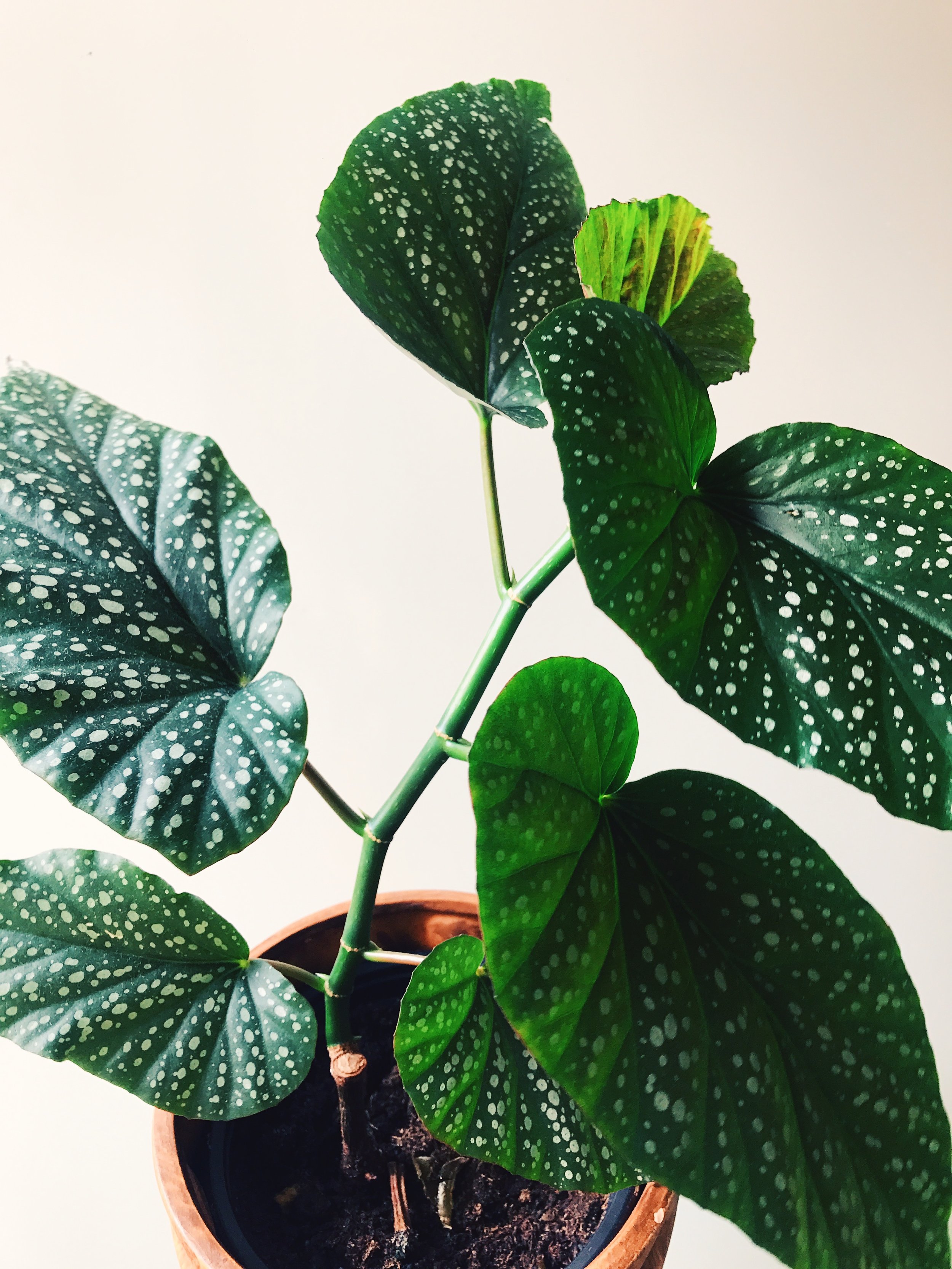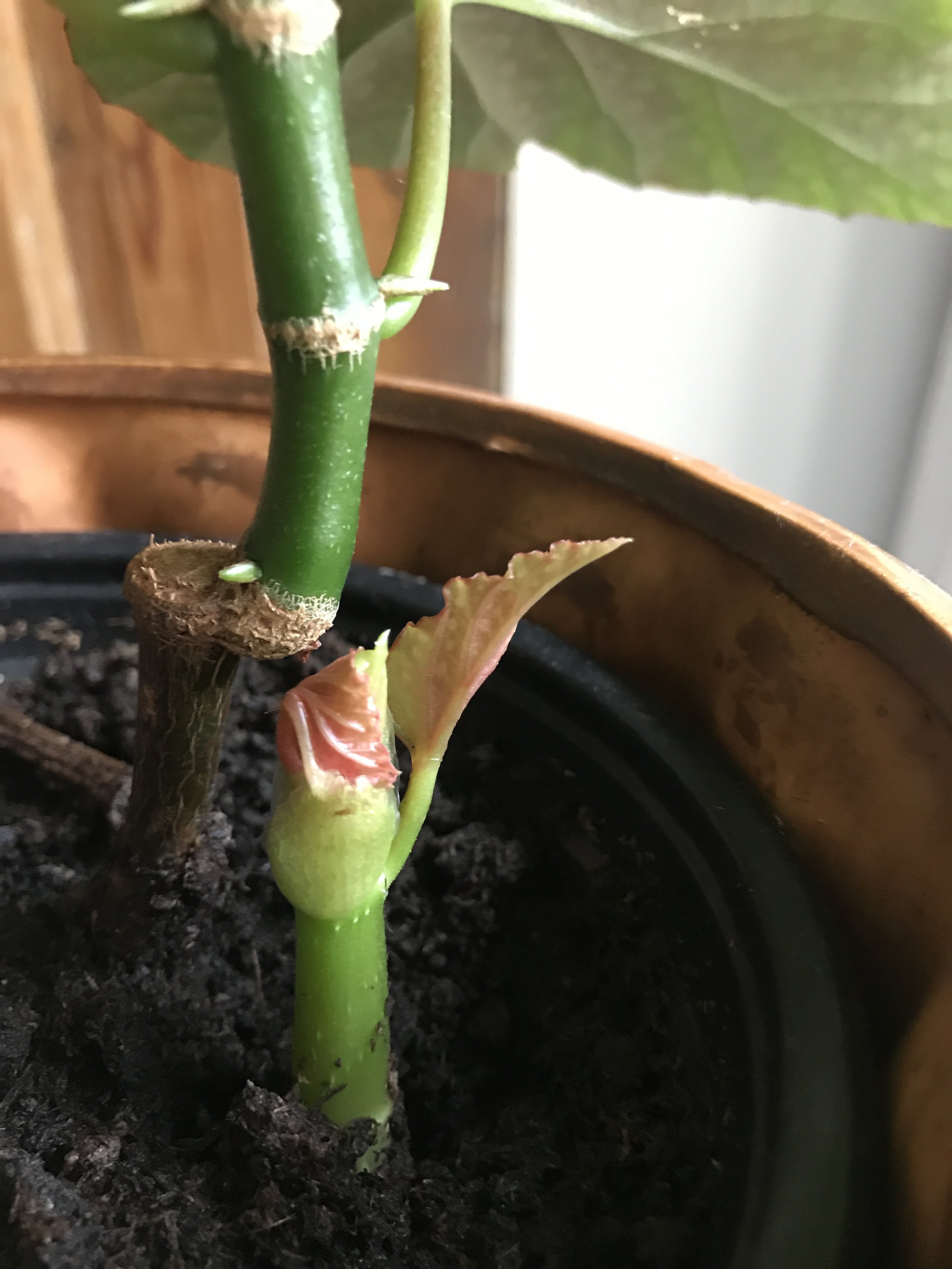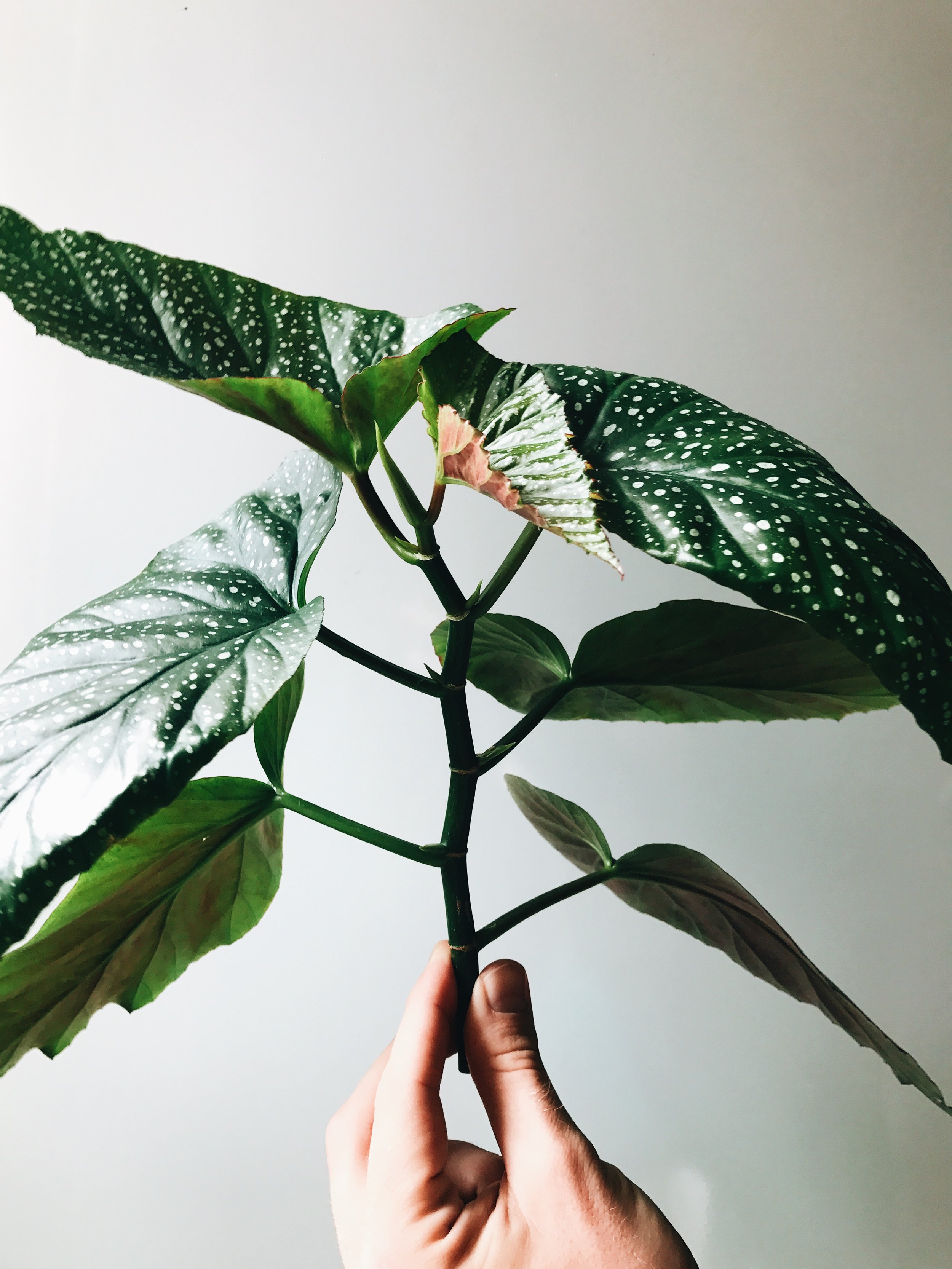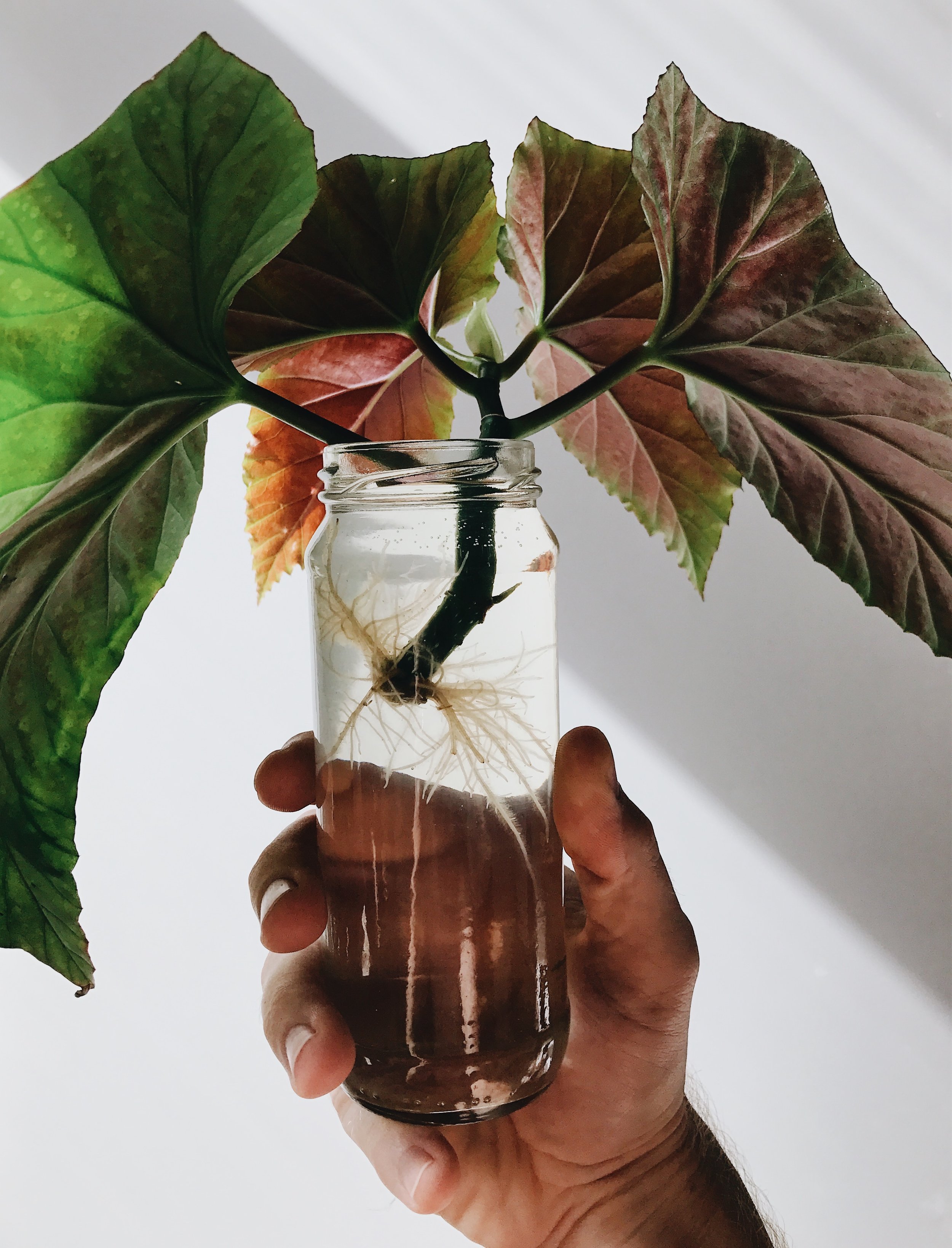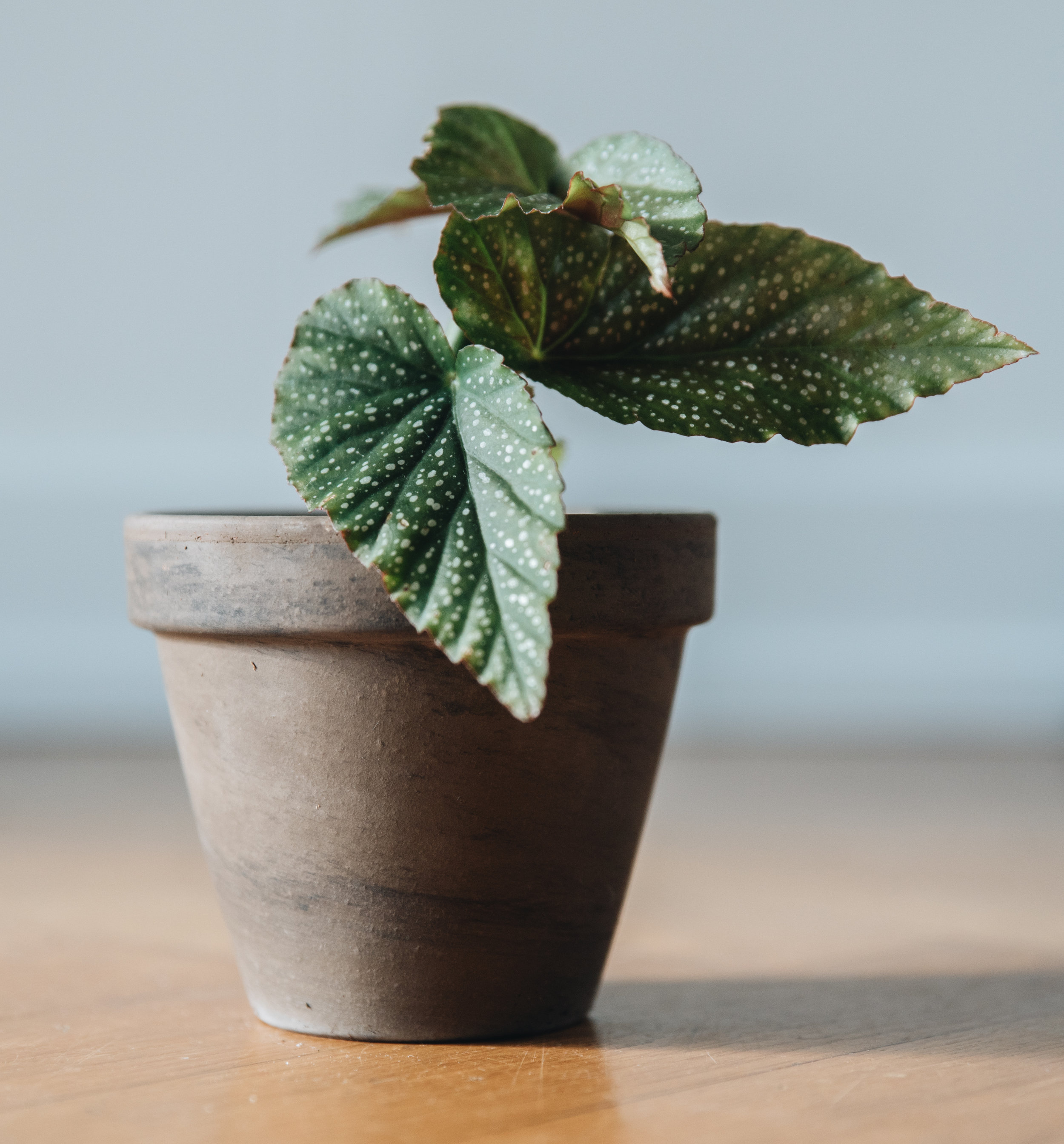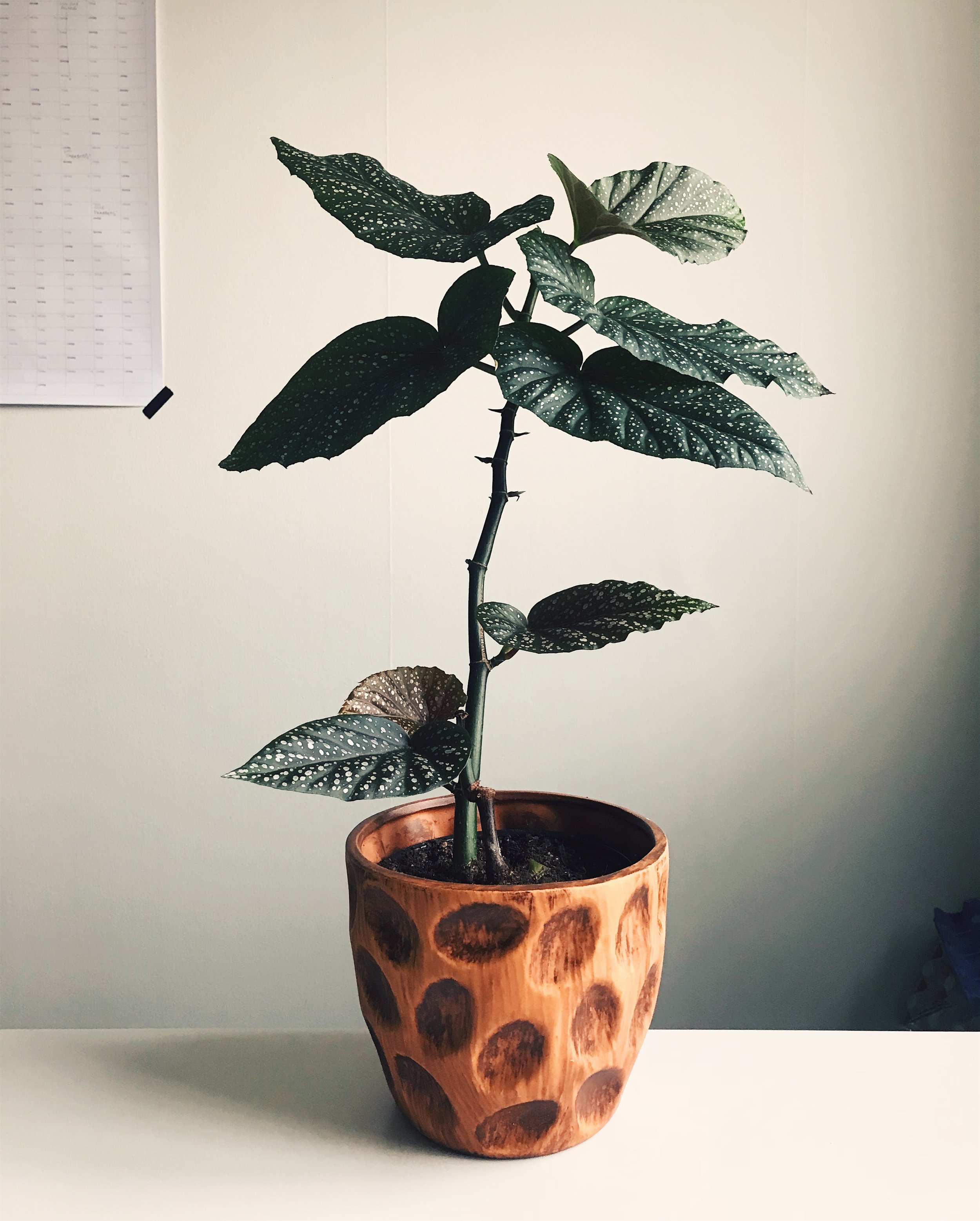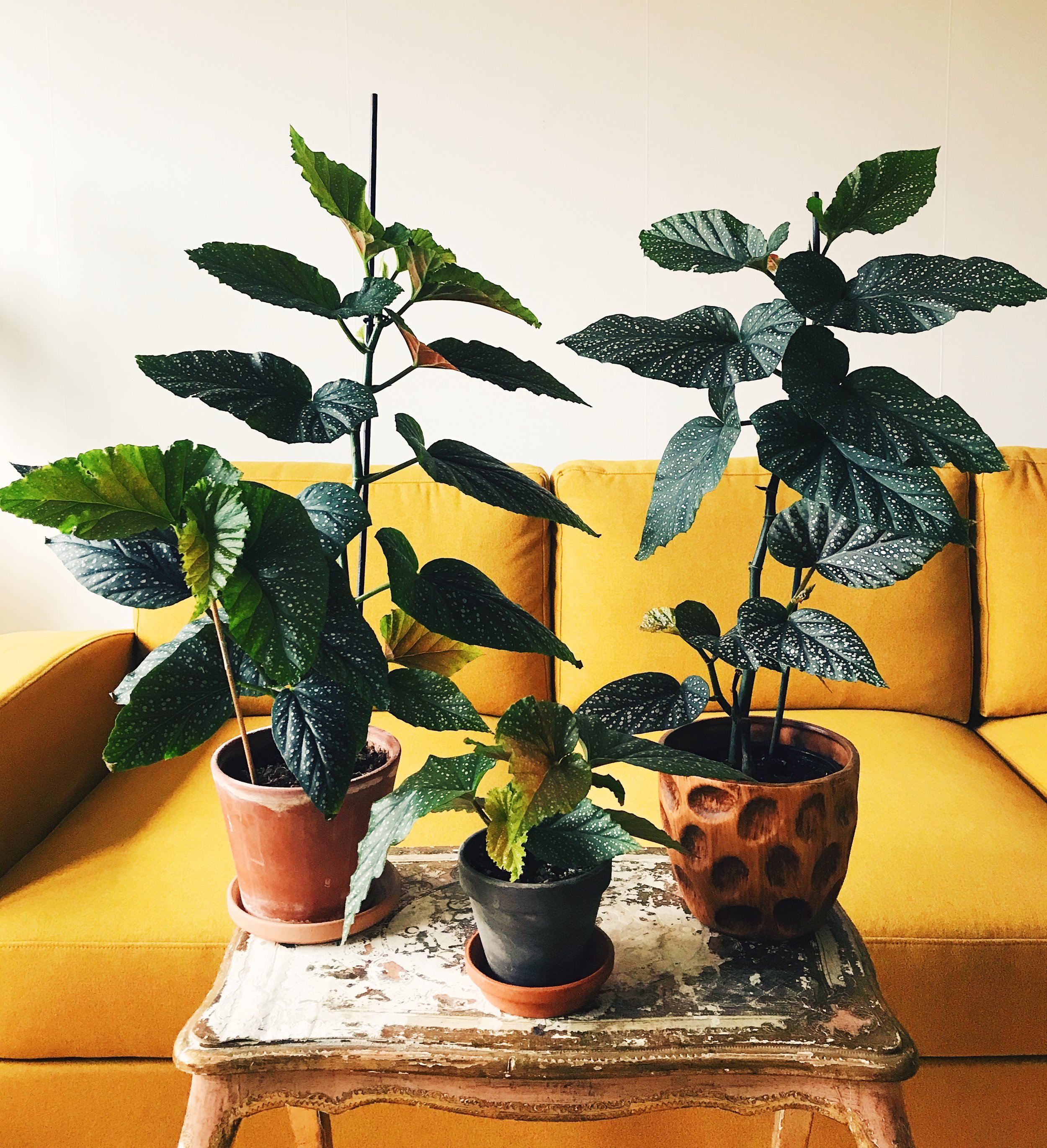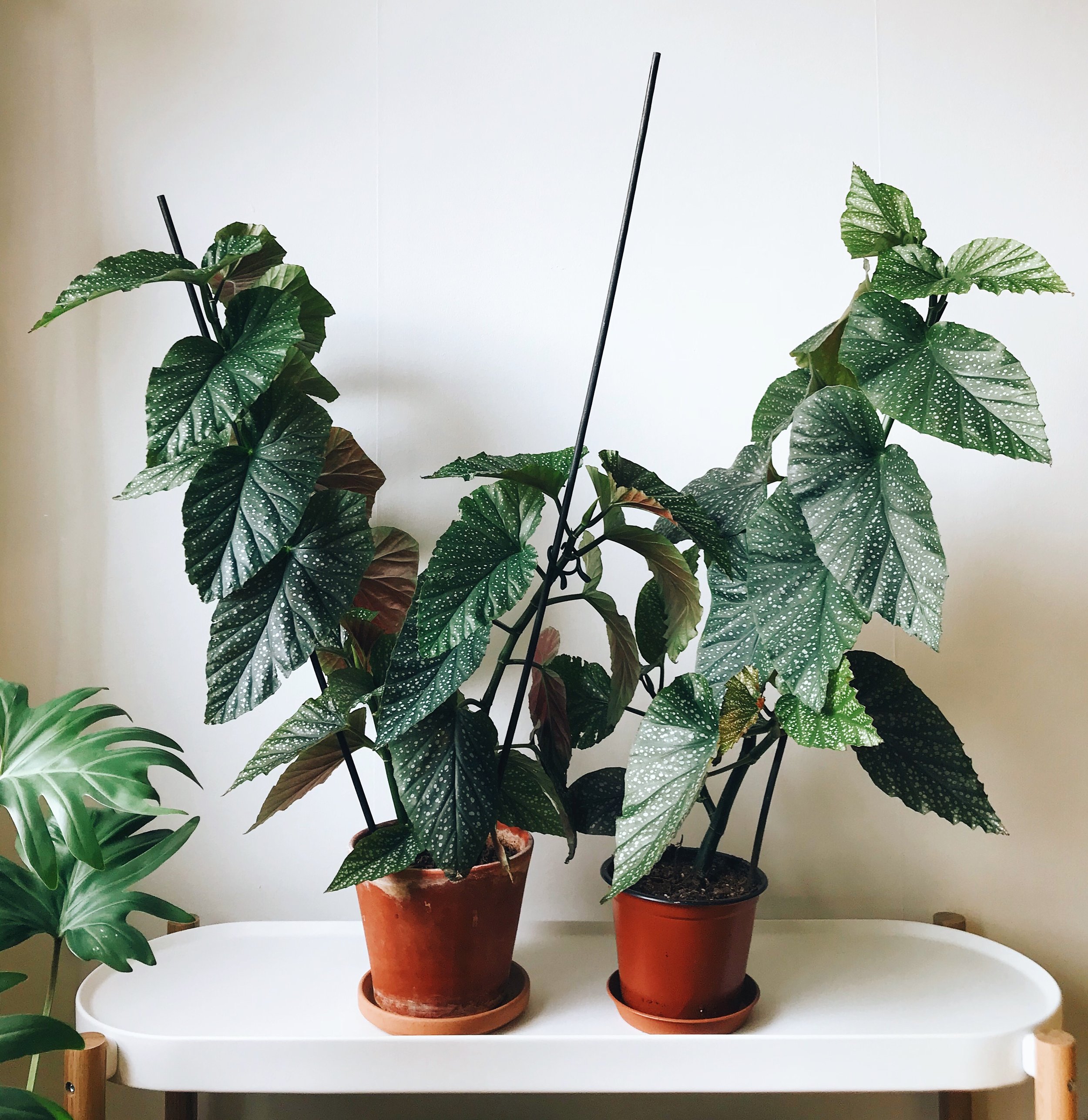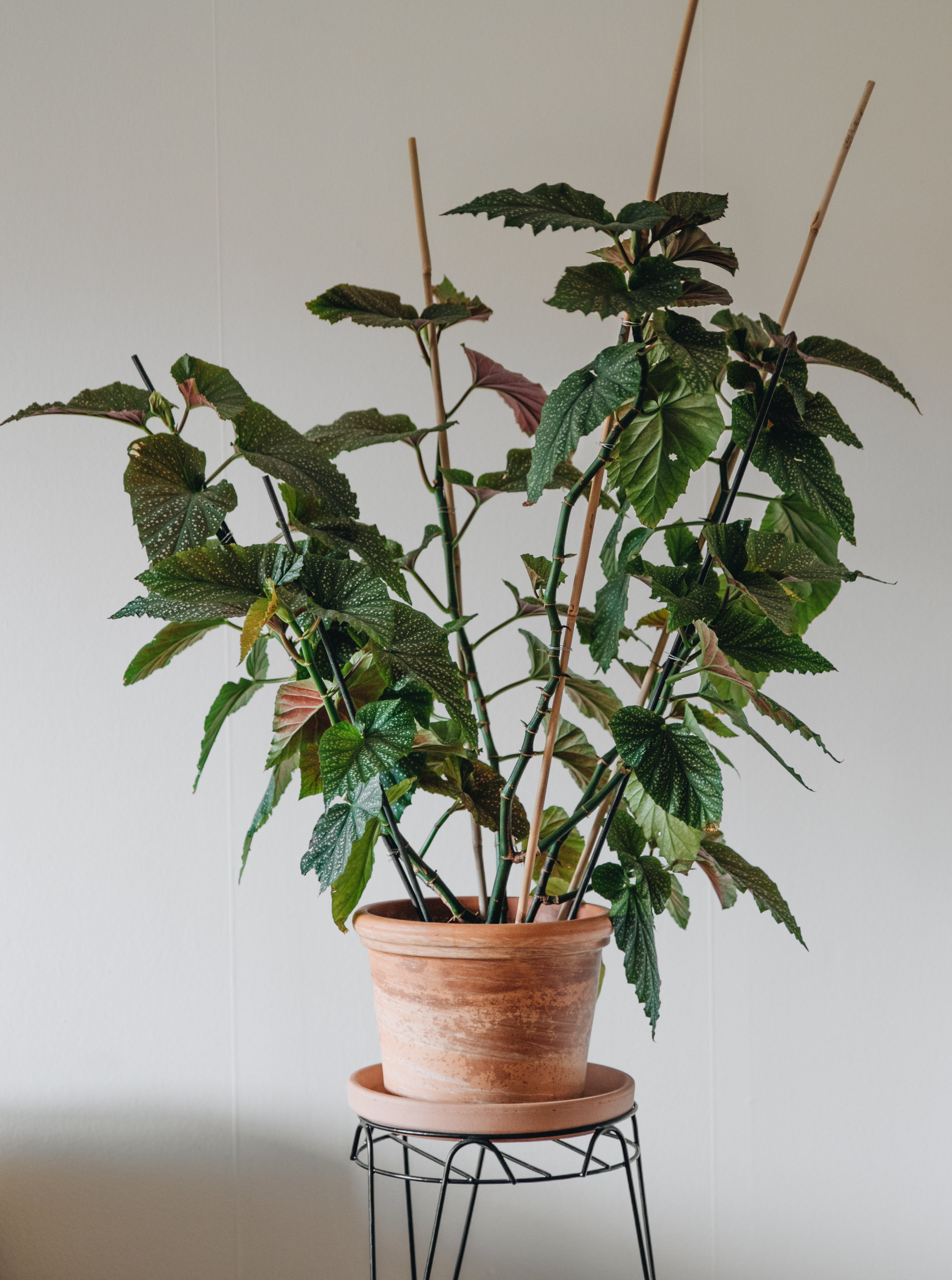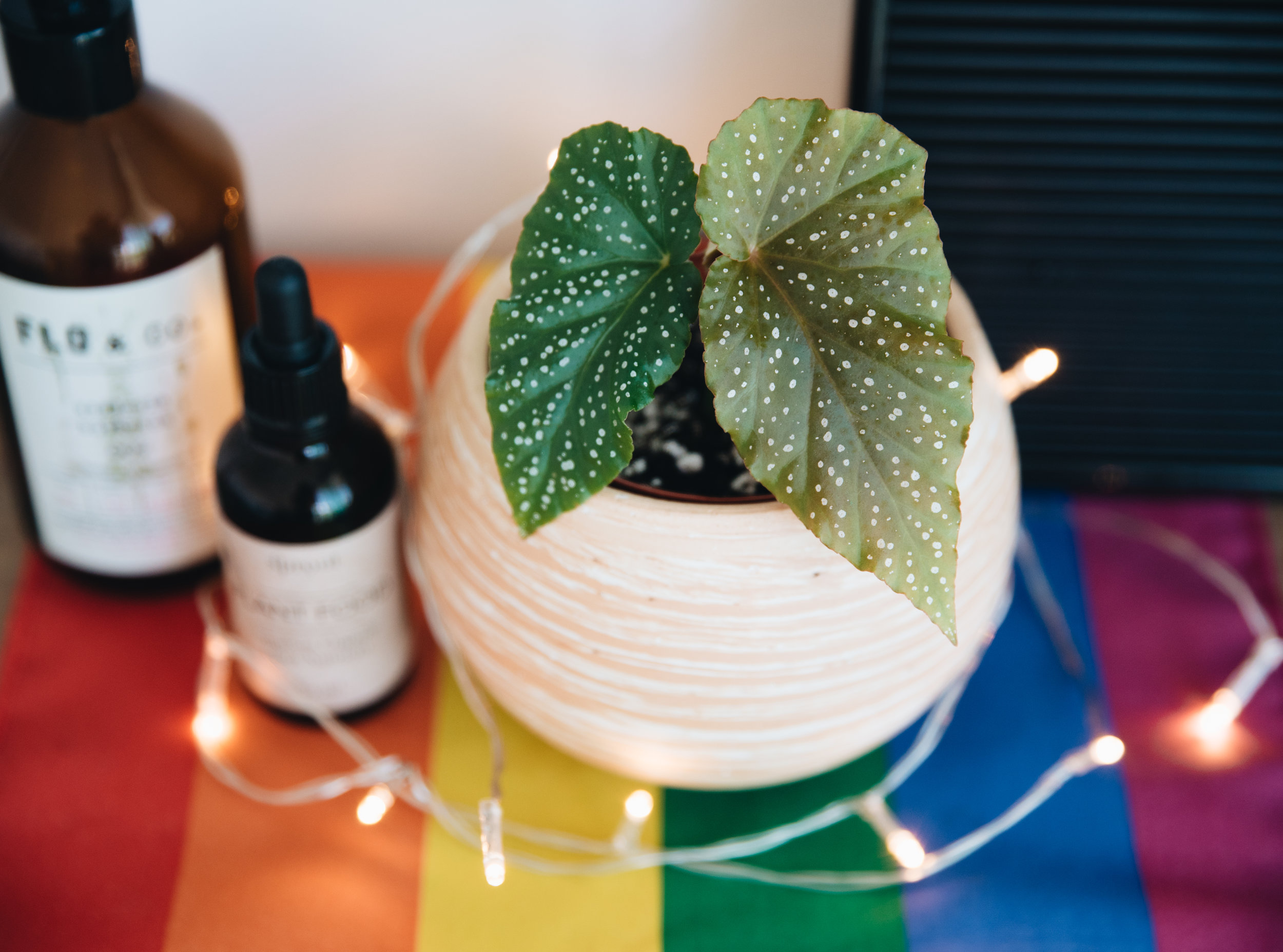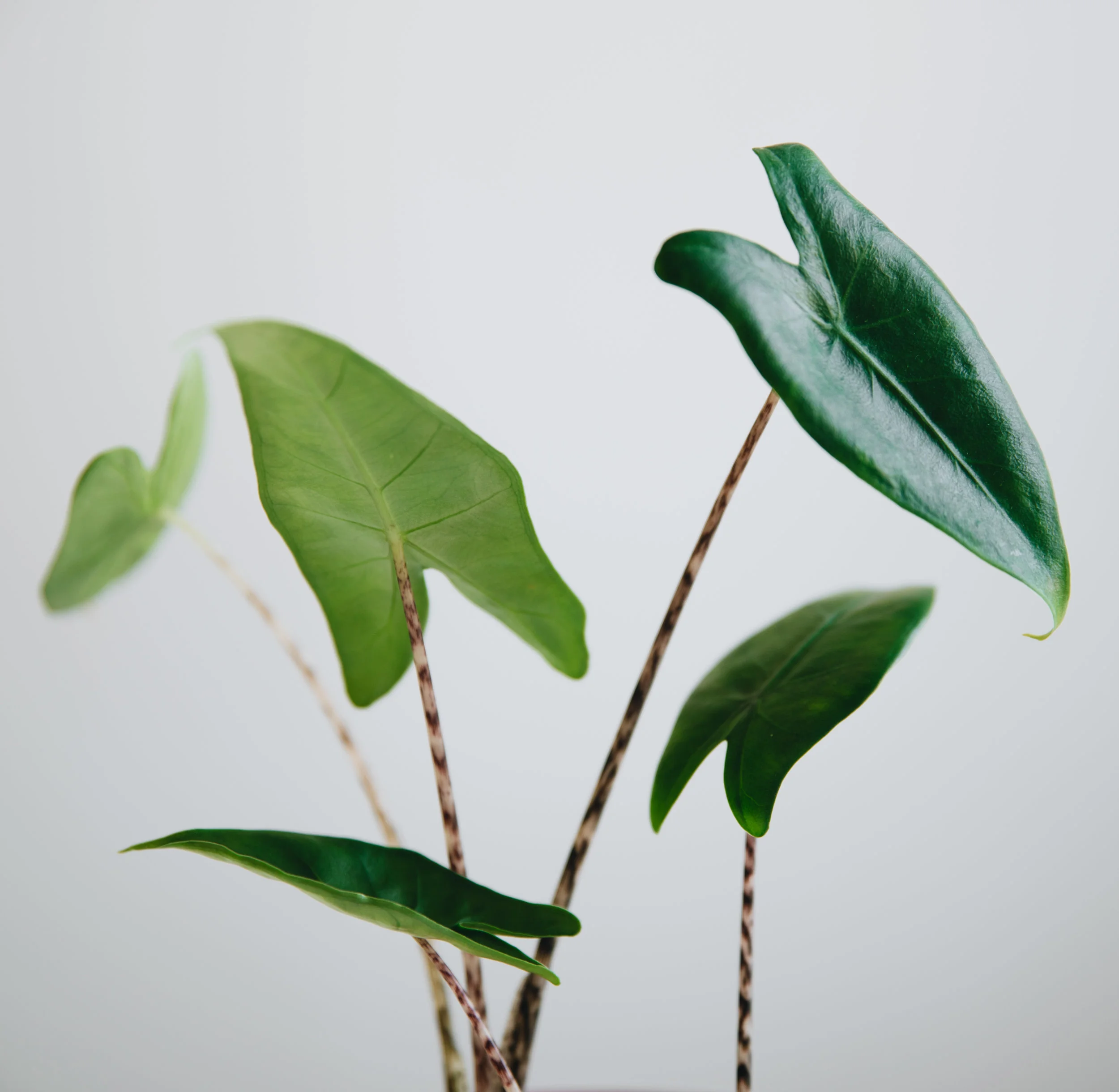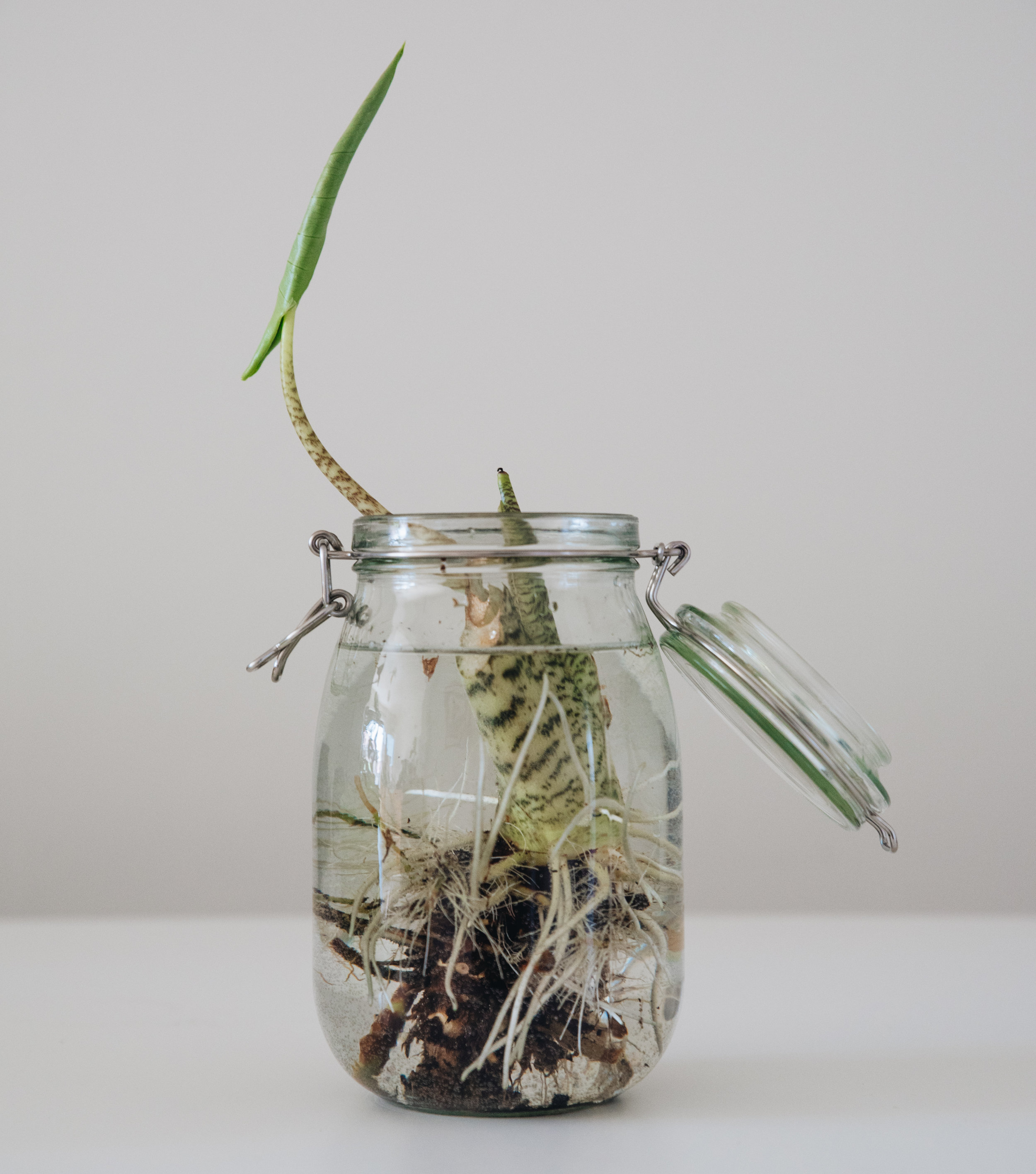In this post I’d like to talk about something that many seem scared or skeptical to include in their plant care routine – hydrogen peroxide.
If you like this content and would like to support me, please follow me on Instagram for more plant photos and discussions!
Spraying (diluted) hydrogen peroxide on your plants is super beneficial and can remove several nasty things from your poor fragile plants. It can also be great for roots and many other things. Let’s dig into it shall we?
Hydrogen peroxide in Portuguese is Água oxigenada. So if you’re in Brazil like I am, that’s what you need to get from your local pharmacy! Be sure it’s 10 volumes / 3% and nothing else.
Hydrogen peroxide sounds like something chemical and dangerous to many. But in fact it’s basically just water, with extra oxygen. And if diluted correctly, it’s uses are endless! Now, be sure to buy the right type of hydrogen peroxide (because there are a couple of different ones). You need the 3% one for most plant related things, so go for that one.
Here’s a quick breakdown of some benefits of using hydrogen peroxide, and what it can do for you:
Kill fungi, powdery mildew and mold. The hydrogen peroxide simply burns that stuff off the plant, while keeping the plant in mint condition! This works on both the plant and the soil. Spray where needed, or just all over.
Get rid of spider mites, thrips, slugs, the larvae of fungus gnats and other common nasty pests that eat your plant.
Restores oxygen levels in the soil, keeping roots healthy and happy. This improves root health and your plants will grow new roots faster. Especially great for those plants that have few and slow-growing roots.
Disinfect gardening tools!
Treat root rot. If you’re having a bad case of rotting roots, you need to water your plant with this solution, and then let it dry out almost completely before watering it again. This delivers much needed oxygen to the suffocating roots.
Works very well for new cuttings.
It’s non-toxic and better for the environment than any chemical spray out there.
If you’re getting rid of pests on the plant itself, make sure you spray both sides of the leaves, as many nasty things can hide on the back/underside of your plant. If you’re spraying or watering the soil for fungus, eggs or larvae, be certain you really soak the soil.
If you have any of these problems, you can use hydrogen peroxide on your plants once a week. If you’re having problems with pests, adding neem oil to your care routine might be helpful in delivering the killing blow. When you have no problems, you can still use it, but try to keep it to once or twice a month. You don’t want to kill of the beneficil things in the soil by overusing hydrogen peroxide!
To dilute, simply add 2-4 teaspoons per litre of water, or 2 tablespoons per gallon of water.
For root rot, use 3-4 tablespoons per litre of water, or 1 tablespoon per cup of water.
For other types of use, google the correct ratio. There are so many uses for this magic liquid, I couldn’t possibly mention all of the ratios here!
Important to note: when using stronger solutions, for roots or other things, be certain not to get it on the actual plant, because it can burn the leaves.
Good luck, and let me know if you already use hydrogen peroxide, and if not, will you try it?
PS. Hydrogen peroxide is one of the things on my list “Must-have items for every plant parent”, which you can read if you subscribe to my Patreon.







